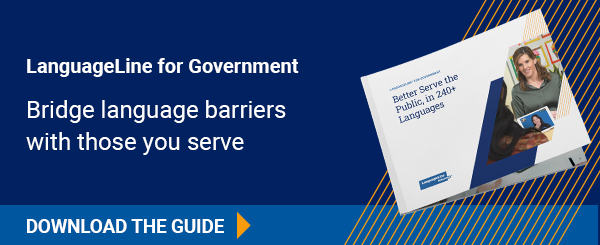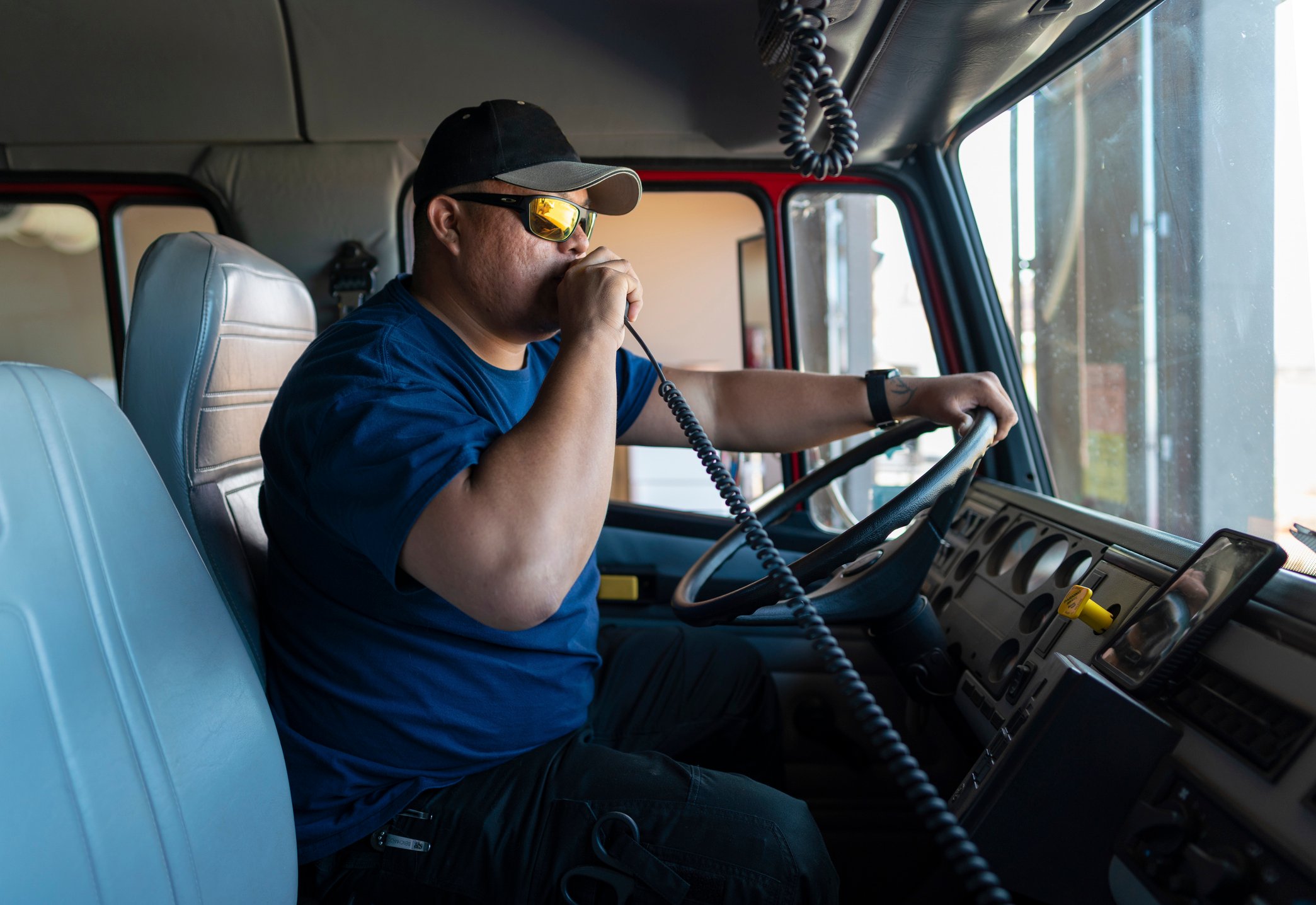Language access should be a key component of every disaster plan, especially given the reality that one out of every five U.S. households speaks a language other than English.
One in nine U.S. residents is limited English proficient (LEP), meaning they speak English “less than very well.” In an emergency situation, these individuals are often the most vulnerable.
Unfortunately, caring for the needs of limited English speakers in the face of an emergency is not always the priority it should be. Any individual in an impacted area must have access to disaster information in a language they can understand. If they don’t, the consequences can be deadly.
“Hurricane season” and “fire season” seem to sneak up on people every year, and when they arrive, emergency response becomes a top priority. Today, we will focus on effectively managing the communication of information about sheltering, evacuation, transportation, and healthcare before and during an emergency to multicultural residents.
What are Your Languages of Need?
Some regions may not be aware of their specific language needs. Fortunately, the necessary data for making this determination is often readily available, if you know where to look.
- Municipalities can use demographic data from the census, school districts, and local human services agencies to assess local language needs.
- Using American Community Survey data, the Federal Coordination and Compliance Section of the Department of Justice (FCS) has created maps indicating concentrations of LEP individuals by state, county, and judicial district.
Notifications and Warnings
In any emergency, communication before and during the incident is vital. The following are tips for providing meaningful communication with LEP populations when an emergency is imminent:
- Provide a clear message in all needed languages regarding evacuation pickup points and traffic routes in the affected area.
- If going door to door in a neighborhood to provide a warning, try to use bilingual employees and volunteers or provide personnel with instructions written in languages that are prevalent in the area. Personnel involved in canvassing activities can also access audio or video remote interpreting services via a toll-free number or smartphone application.
- To assist in disseminating information, form partnerships with nonprofit, community, and faith-based organizations that serve LEP populations.
- Make sure that all 911 call center call-takers and dispatchers are properly trained to access and partner with an interpreter. The same holds for 311 call centers.
- Coordinate with local ethnic media — including radio, television, print, online, and social media — to assist with sharing emergency information.
The Department of Homeland Security provides a comprehensive online guide to assist residents with disaster preparation and recovery in a variety of languages.
A Note about Children
Children may be the only fluent English speakers in many immigrant families. The Department of Justice LEP Guidance makes clear that children must not be relied upon to serve as interpreters and translators except as a last resort while awaiting interpretation services.
To avoid this situation, it is crucial to identify qualified bilingual employees and volunteers, as well as to establish a relationship with a professional language access provider.
LanguageLine(R) Can Help
LanguageLine has more than four decades of experience in helping regions before, during, and after emergencies and natural disasters.
We invite you to learn more about our ability to provide you with the interpretation, translation, and staff testing and training you may require in the event of an emergency.






